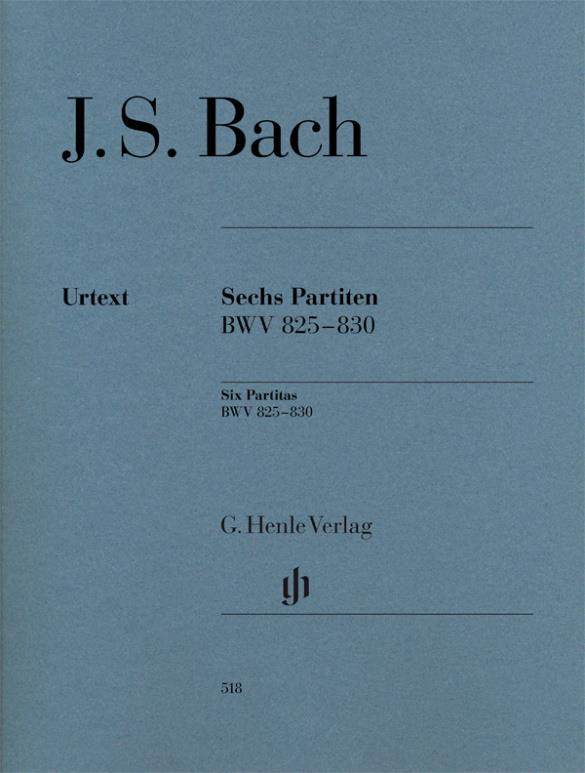String Quartet Op. 3
Redolent of the work of Dmitri Shostakovich in its musical language, Evgeny Kissin’s String Quartet op. 3 comprises four strongly contrasting movements: on the heels of the stately “Adagio liberamente” comes an extremely lively “Allegro inquieto” that wanders between dynamic extremes and bristles with glissandi. The third movement, marked “Largo drammatico”, is sustained by an insistent, heavily rhythmic dotted motive, while the final movement shifts from the introduction, marked “Pensierosamente, ma mantenendo strettamente il ritmo puntato”, into a brilliant finale, “Molto allegro e sarcastico”, that is suffused with elements of fugato and, like all movements, informed bydodecaphonic harmonies. This demanding fifteen-minute work was composed in 2015–16 and recorded for the first time on Nimbus Records by the Kopelman Quartet. Redolent of the work of Dmitri Shostakovich in its musical language, Evgeny Kissin’s String Quartet op. 3 comprises four strongly contrasting movements: on the heels of the stately “Adagio liberamente” comes an extremely lively “Allegro inquieto” that wanders between dynamic extremes and bristles with glissandi. The third movement, marked “Largo drammatico”, is sustained by an insistent, heavily rhythmic dotted motive, while the final movement shifts from the introduction, marked “Pensierosamente, ma mantenendo strettamente il ritmo puntato”, into a brilliant finale, “Molto allegro e sarcastico”, that is suffused with elements of fugato and, like all movements, informed bydodecaphonic harmonies. This demanding fifteen-minute work was composed in 2015–16 and recorded for the first time on Nimbus Records by the Kopelman Quartet.















































